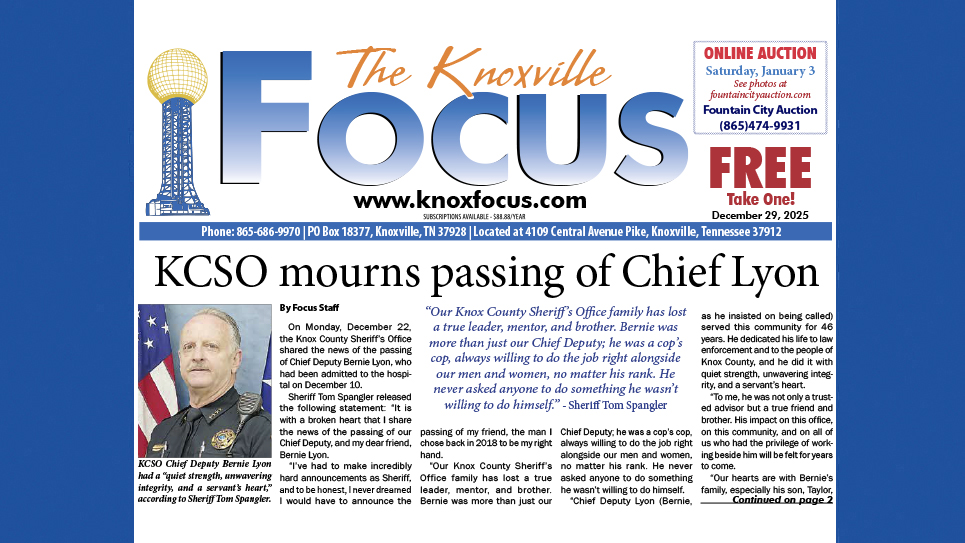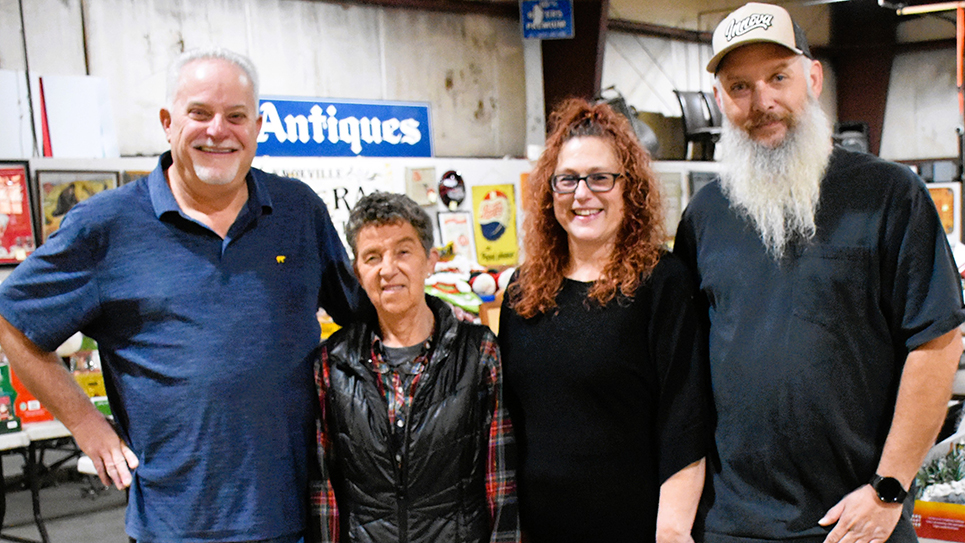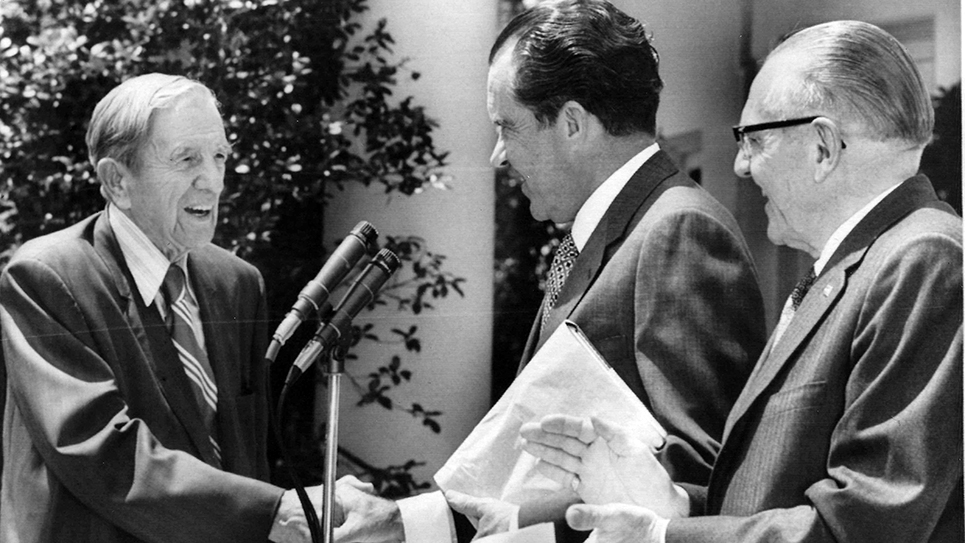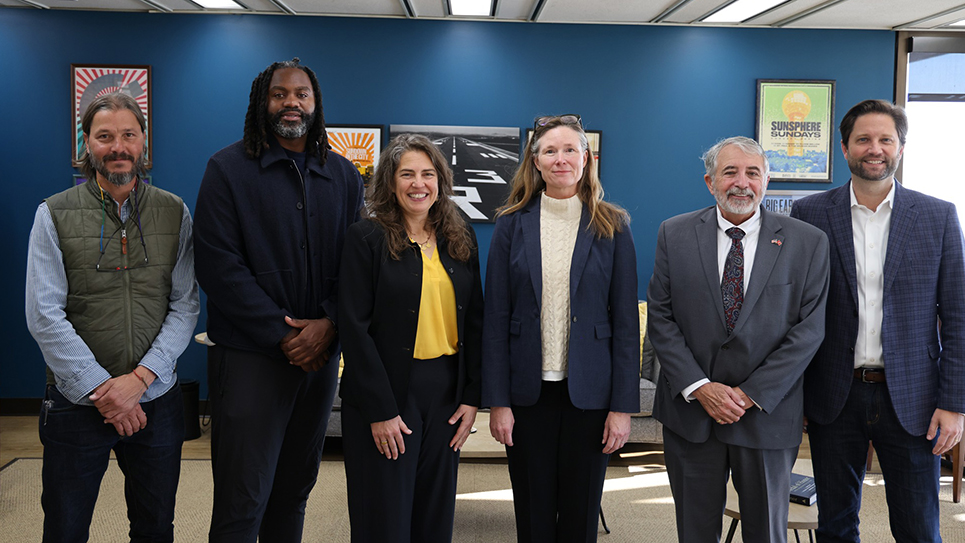By Mike Steely
If you’ve ever been to the Arlington National Cemetery, located just across the river from our nation’s capital, I’ll bet you didn’t know the history of the large white mansion on top of the hill. It overlooks downtown Washington and is almost surrounded by graves of our nation’s military veterans. If you stand at the Eternal Flame for John F. Kennedy or visit Robert or Teddy’s graves nearby you can look up the hill and see the Arlington House. Next to the mansion is a smaller building which now holds the Robert E. Lee Museum.
The mansion, in fact, had once been the home of Confederate Army Commander Robert E. Lee and was built in 1818 by slaves owned George Washington’s grandson as a memorial to Washington. The builder‘s daughter married then U.S. Colonel Robert E. Lee. Lee freed the slaves in 1862 under the request of his late father-in-law. Many stayed on the estate. His wife, Mary Curtis Lee, actually owned the house although Lee was in charge of maintaining it.
Lee was initially opposed to the states separating from the Union but chose his home state, Virginia, during the conflict. It is said that President Lincoln had asked Lee to head the Union Army but the career military man chose the South. He left Arlington for the war but his wife and family remained there for a while, eventually leaving the home in care of their former slaves, hoping to return. Apparently Robert E. Lee never returned to stay there.
During the conflict, the cemeteries in Washington were filling up with Union dead and a search was conducted to find a suitable site. A few soldiers had been buried some distance from the Arlington House but on estate property and in 1863 several bodies were interred in Mrs. Lee’s rose garden near the home, over some family objection.
The U. S. Army eventually took control of the house, which would have offered a dangerous cannon site for Rebel forces had the area been captured. After the war, the government paid Lee’s estate $150,000 for the estate.
In 1866 a tomb for unknown soldiers was built and more than 2,111 remains were placed there, joining some 1,500 Union soldiers already buried there by that date. Today the Arlington Cemetery, administered by the U. S. Army, holds more than 25 burials each day and has more than 15,000 graves.
While I was stationed in Washington, D. C. with the U. S. Coast Guard, I was called on many times to be present at burials. Although I was never a pallbearer, I was part of a multi-service contingent that reverently observed burials. I remember having to keep my dress uniform ready at all times for such duty and it was an honor.
My wife and I have visited Arlington Cemetery several times. I was surprised to find that the bridge at the base of the cemetery that crosses the Potomac River leads directly to the Lincoln Memorial. Many early promoters of a national cemetery there thought it only fitting that the Union dead should be buried on the estate of the Confederate Army commander. In 1901, Confederate soldiers who died in the Washington area, including Northern Virginia, were brought to Arlington and buried in a special section.
Every half hour in the summer or every hour during winter months, there is a Changing of the Guard at the Tomb of the Unknowns and if you’ve never see the service you should plan to attend.
Arlington and Washington, D. C. are only seven hours from Knoxville. There’s so much to do and see that you could spend a couple of weeks just taking in the sites. There’s lots to do along the way as well, like Woodrow Wilson’s home in Staunton, Va., the arch at Natural Bridge, Va., or a side trip to Harper’s Ferry, WV. Fairly new in D. C., are the World War II memorial, the Korean War memorial, and the FDR memorial.
If you haven’t been to Washington or Arlington it’s less crowded in the winter and beautiful in the spring, especially during the Cherry Blossom Festival.






